Game performance
All cards are exclusively factory overclocked this time, so there is no distortion of the gaps either. Let’s now take another look at everything in percentages. The gains and losses are kept within limits, the GeForce RTX 3090 Ti is a good 5 percentage points ahead of the RTX 3090 in the total performance cumulated from 10 games in UHD (“4K”), it is still 4.4 percentage points in QHD and even only 2.4 percentage points in Full HD. Overhead and CPU limit annoy the fat boy equally. All the other cards also sort themselves out.
Now let’s look at the Min-FPS, i.e. the P1 (1% Low). Again, there is not much difference. The new GeForce RTX 3090 Ti is ahead with 2.7 percentage points in UHD, it is 3.7 percentage points in QHD, and it is even only 1.9 percentage points ahead when the CPU and driver brake kick in. All of this is quasi subjectively no longer perceptible.
We also have to practice in efficiency, because it looks really bad for the GeForce RTX 3090 Ti. The sweet spot is hidden in the distance and the card drinks like there’s no tomorrow. For this, too, I made the appropriate accumulations across all games and resolutions and determined the watts used per rendered FPS. By the way, it is interesting how these values change across the resolutions, because when the RTX 3090 Ti no longer has to run at real full load in the lower resolutions, the thirst suddenly becomes more manageable. I like to remind you of the RTX A6000, whose full configuration (analog to the RTX 3090 Ti) including 48 GB GDDR6 with a modest 300 watts TBP and without OC virtually reaches the level of the GeForce RTX 3080 Ti! Engine size instead of spoilers also works for graphics cards, you just have to have the courage to do it.
Summary
The GeForce RTX 3090 Ti thus positions itself exactly where one of the coveted and also rare (because expensive) Titan cards used to be at NVIDIA. Maybe the Ti at least stands for Titan in this case and NVIDIA only lost the remaining letters due to Corona. Who knows. However, the Titan Ampere would have made the target group clearer, because it really isn’t a real gamer card in the end, but rather a beast for really fat workloads away from the whole heap of pixels, if the (commercial) buyer’s money is loose enough and an RTX A6000 seems too expensive after all. Something like this is also supposed to exist.
Owners of a GeForce RTX 3090 do not need this card, which would not even be a side-grade, but just wasted money. Thus, the outcry of the former top model owners will be a bit quieter when they suddenly can’t call the fastest card on the market their own anymore. The performance increase in gaming is really manageable, the thirst at the socket is unfortunately not. Which brings us back to the highly energetic model character of what we can expect in the fall. The card might still be good for Ultra HD, but the question about the sense of such a behemoth really arises for lower resolutions.
No, I definitely don’t approve of this waste of valuable resources, if you really reduce the whole thing to pure gaming. And I have a well-founded negative opinion about mining anyway. For content creation, the card is definitely a highly interesting offer, but it really is and remains an exception. However, the GeForce RTX 3090 Ti already shows the initiated viewer (and that’s where I’ve made you a bit smarter today) what’s technically feasible in terms of voltage converters, load peaks and cooling if you approach it with enough preparation and creative effort.
I find it really remarkable that the actual load peaks do not exceed 600 watts despite the up to 500 watts power consumption. In the early days of the GeForce RTX 3080, I registered more serious spikes. The fact that you generally use more and better capacitors in the supply lines to the GPU and the RAM and a better layout is also a good and purposeful measure that could have been implemented much earlier. AMD has had the better concept so far. NVIDIA is now more or less on par again, or even slightly ahead.
MSI GeForce RTX 3090 Ti SUPRIM X 24 GB
At this point, I have to emphasize that I will not give the GeForce RTX 3090 Ti a buy tip as such because I consider the target group too limited and the added value for the general public too low. Even if an electric heater with screen output in LEDs does develop a certain charm in times of exploding gas prices, it is simply too much for the normal user. No, you don’t have to put up with that, it’s pointlessly wasted resources.
At least MSI still made a virtue out of the problems with the exorbitant power consumption, which I would definitely like to reward. The tamed load peaks and the very well-equipped PCB as well as the powerful cooler do not have to hide, but are far above the usual average. Exactly for this there is also the rather rare Enthusiast Award from me, because I find the technology behind the heating sun so good and interesting. However, I would not install them for my own use, because I also know that the electricity does not come out of the wall and you really pay dearly for this lifestyle. Not only with our own money, but also with the opportunities of future generations.
The only salvation from this energetic insanity spiral is the fact that the dissemination will probably rather take place in homeopathic doses. And a few lunatics will certainly not ruin the world climate in the long term. In any case, the card is not suitable for the masses, and that has to be admitted. If we now take the exceptional character and the number of units that can realistically be delivered, then the outcry does not have to be quite so brutal. Only one thought-provoking idea is given here again, because the direction is not right.
Conclusion
It is a technically brilliant implementation of an arguably worn-out, monolithic concept that at least catapults this card back to the performance top with a lot of energy. This insight must also be acknowledged without envy, even though there are certainly many good arguments against it. The performance would then be at least one thing in favor. The only one, by the way. The price, on the other hand, will have to wait until NVIDIA lists 2459 Euros as the MSRP for the Founders Edition. Unfortunately, nothing has been announced about availability at launch and quantities in the further course.
The graphics card and the power supply were provided to igorsLAB by MSI under NDA for testing with the condition not to fall below the specified release date for the case of the respective NDA. There was no possible influence of the manufacturer on the test and the results, nor was there any binding obligation to publish them.
- 1 - Introduction, Unboxing and Technical Data
- 2 - MSI's PSU, Test System and Test Methods
- 3 - Teardown, PCB Analysis, Components and Cooler
- 4 - Gaming Performance (Bars)
- 5 - Gaming Performance (Curves)
- 6 - Percentiles (Curves)
- 7 - Frame Times (Curves)
- 8 - Frame Times (Bars)
- 9 - Variances (Bars)
- 10 - Power Draw GPU in Detail (Each Game)
- 11 - Power Draw CPU in Detail (Each Game)
- 12 - Effiziency in Detail (Each Game)
- 13 - Power Consumption in Games and Applications (Average)
- 14 - Transients, PCIe Standard and PSU Recommendation
- 15 - Temperatures and Thermal Imager
- 16 - Fan Speed, Noise, Coil Whining
- 17 - Summary and Conclusion














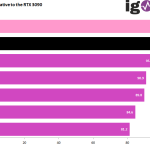
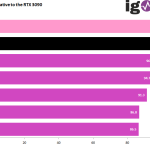
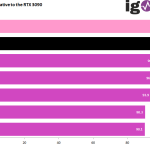
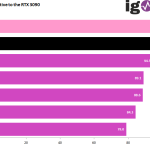
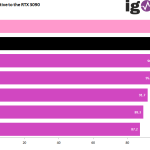
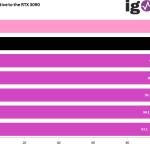
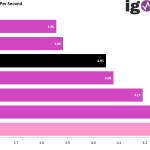
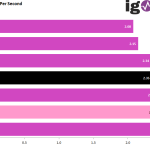
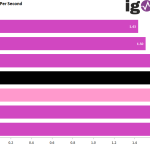
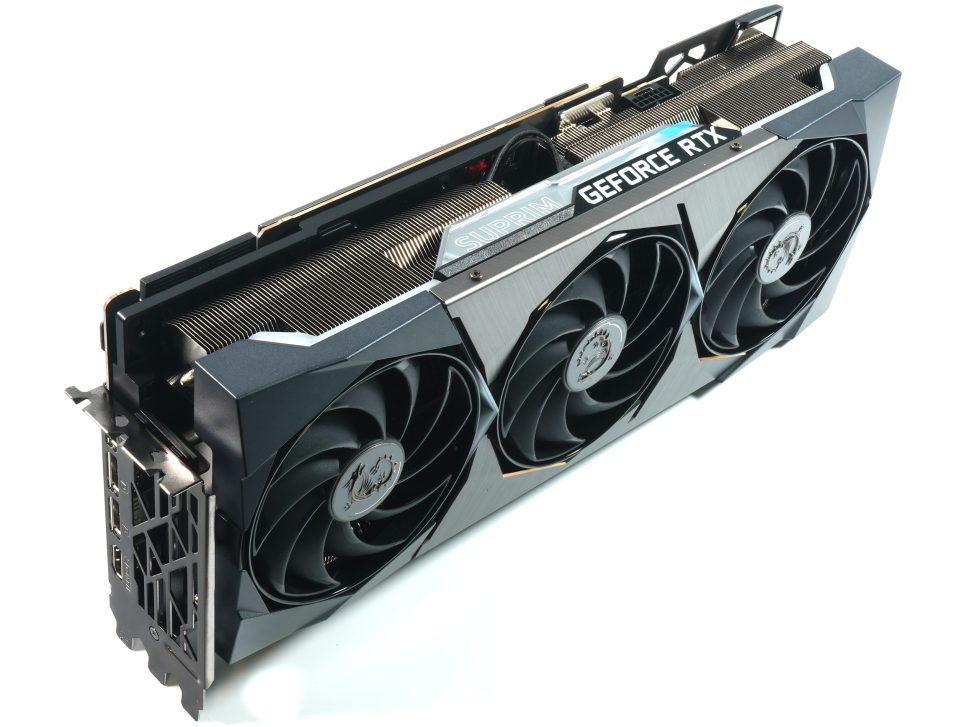
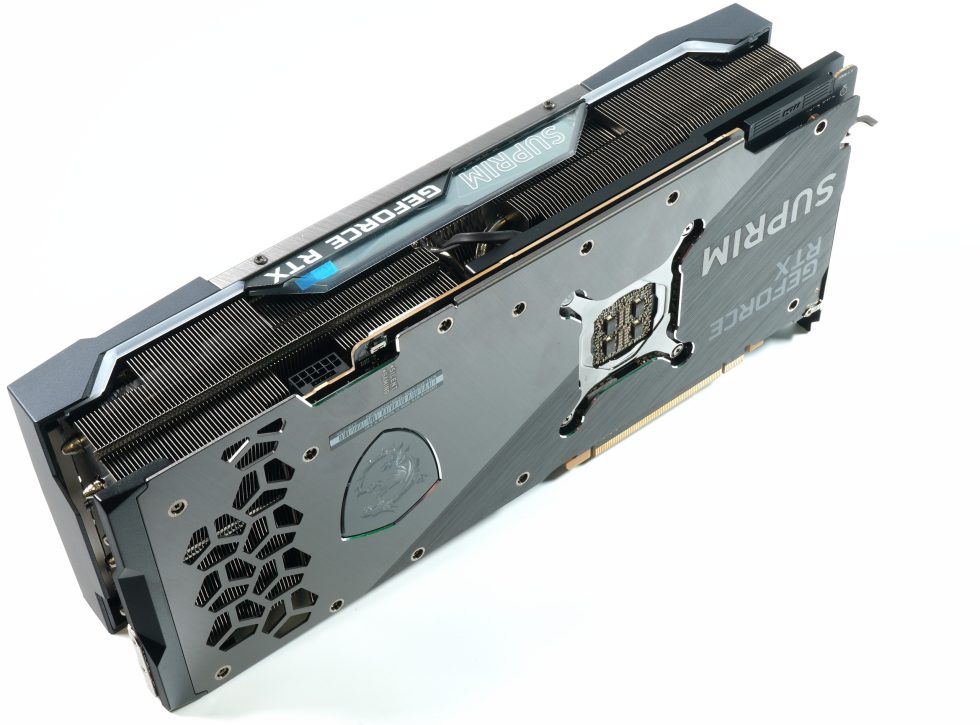
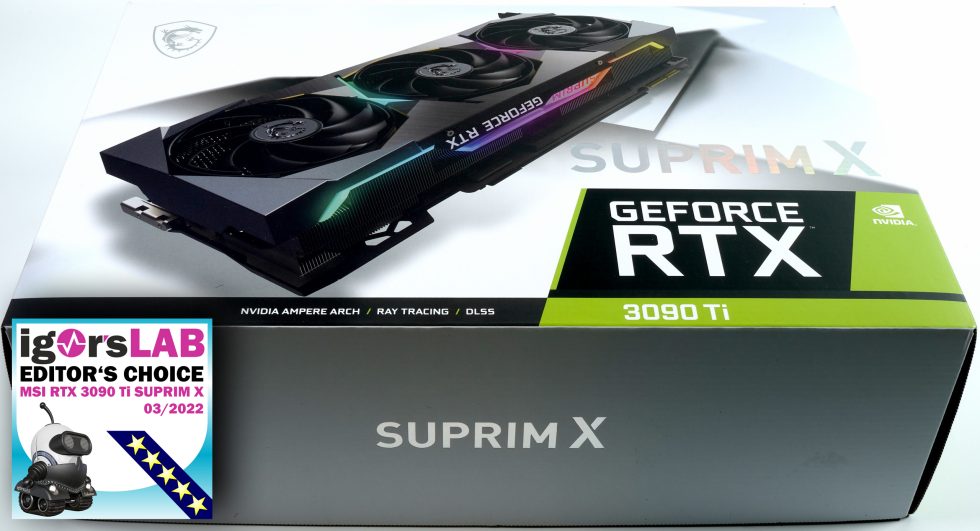






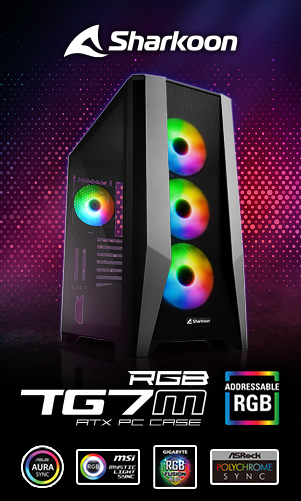


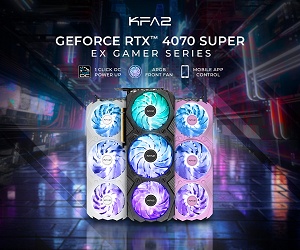
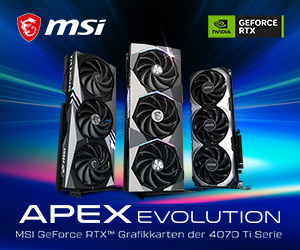
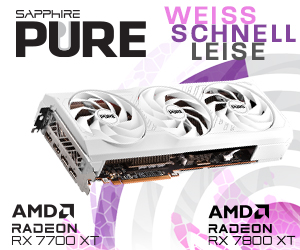
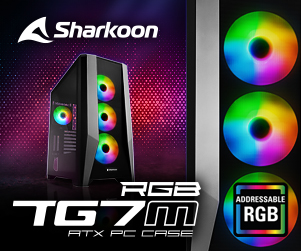

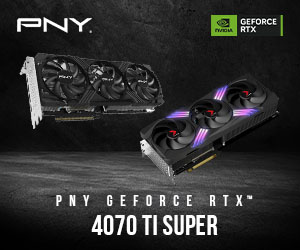


52 Antworten
Kommentar
Lade neue Kommentare
Urgestein
Mitglied
1
Urgestein
Moderator
Veteran
Urgestein
Mitglied
Urgestein
Veteran
Urgestein
Urgestein
Veteran
Mitglied
Urgestein
Urgestein
Urgestein
Veteran
Mitglied
Alle Kommentare lesen unter igor´sLAB Community →